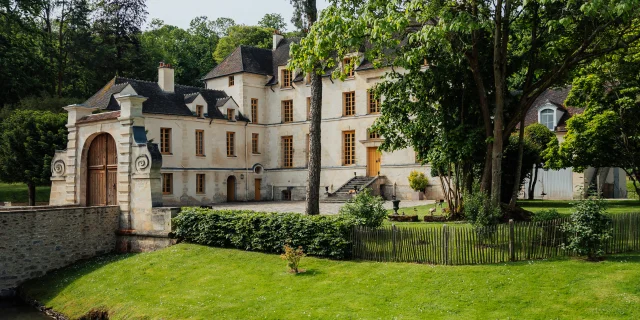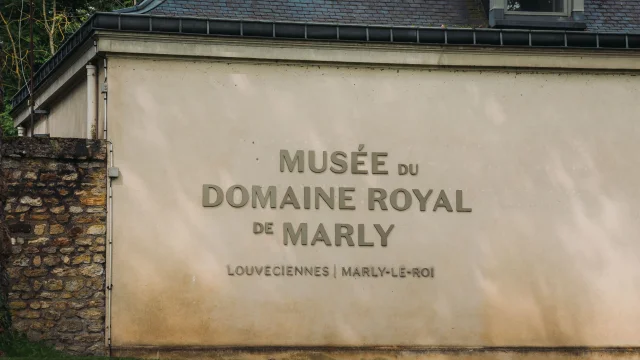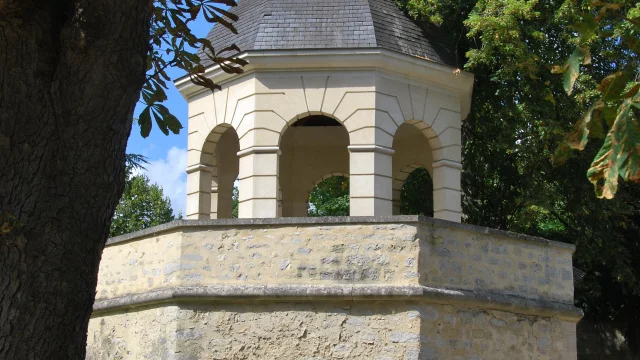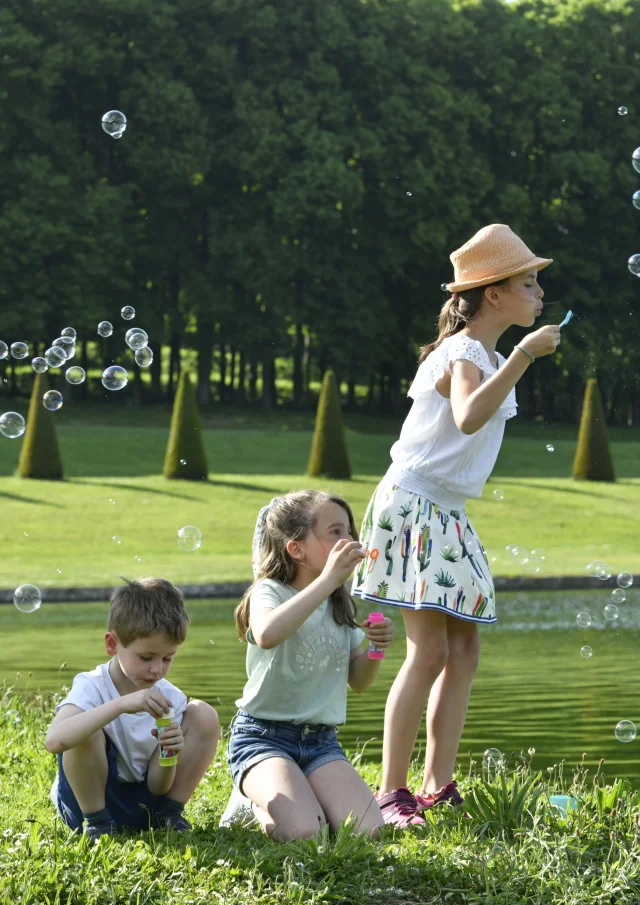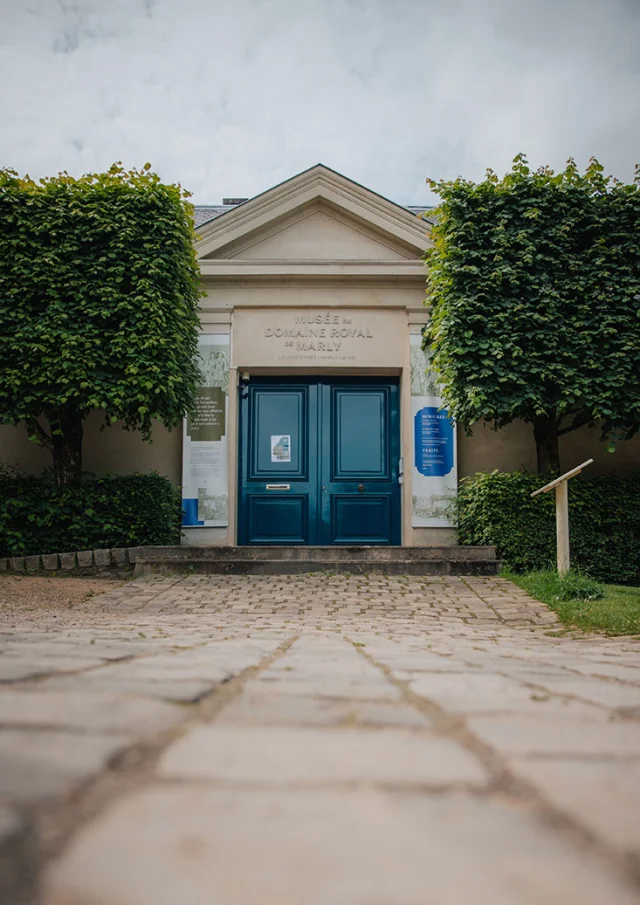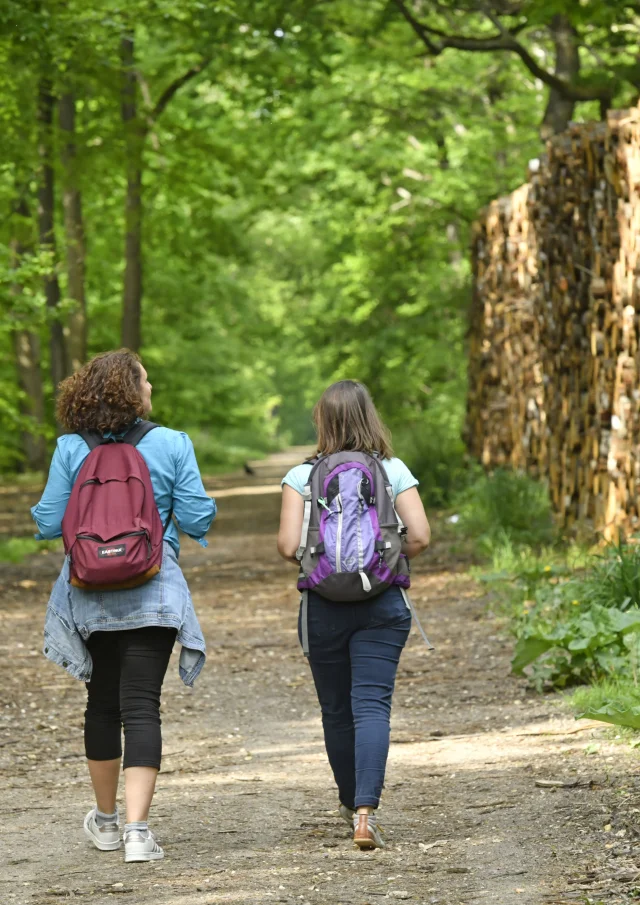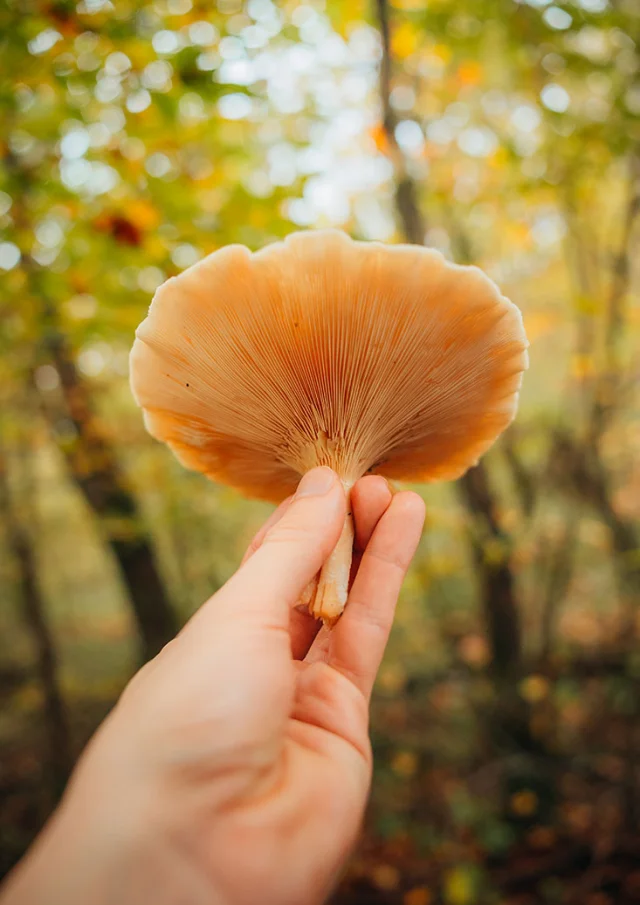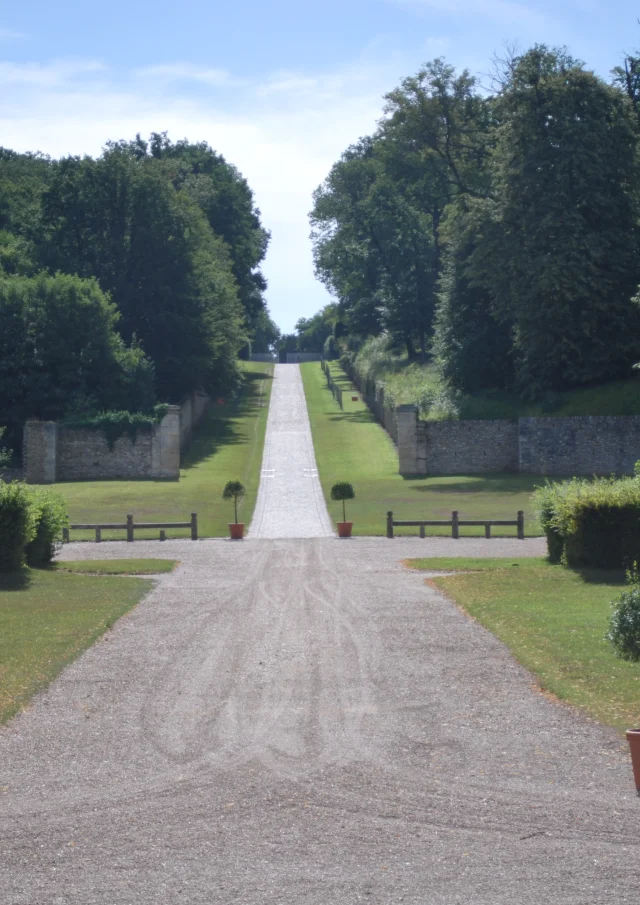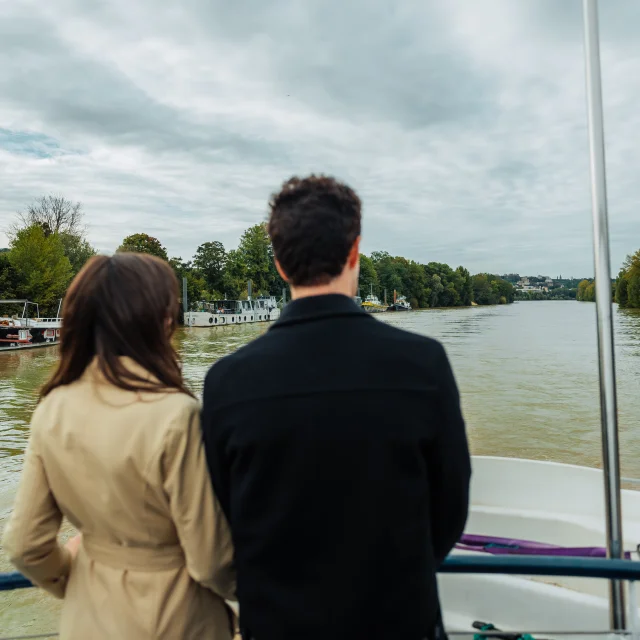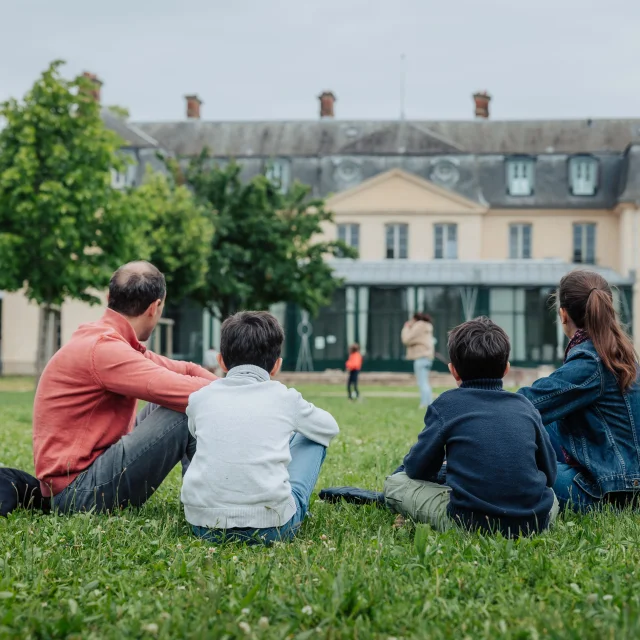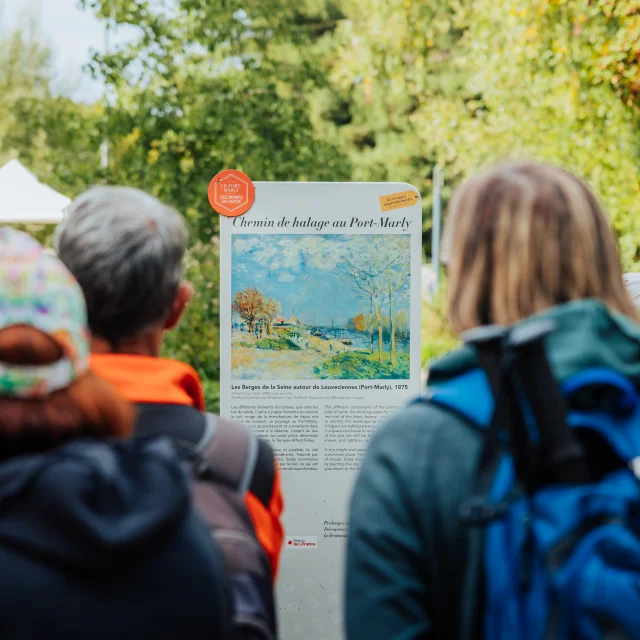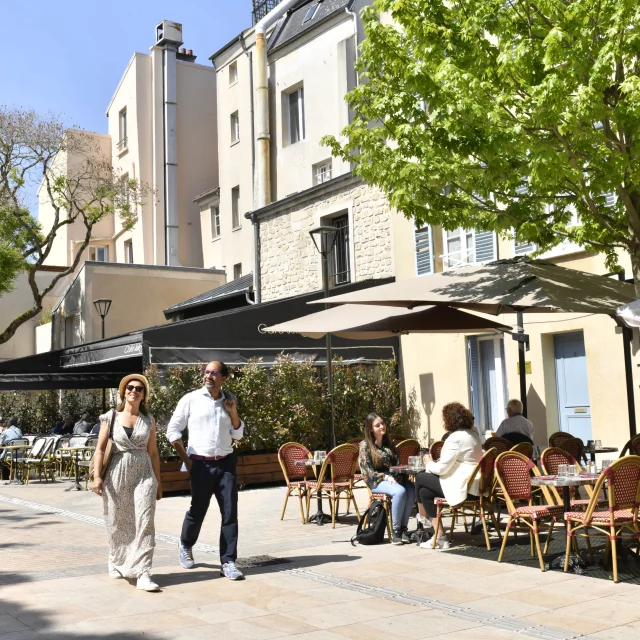A little history
The authentic village of Louveciennes
A small farming village growing fruit trees and vines on the slopes of the Seine, Louveciennes took off with the arrival of Louis XIV and the construction of the Machine de Marly.
In fact, in the 17th century, Louis XIV built the Château de Marly and moved his court to Versailles, from then on other châteaux including that of Le Pont, Voisins and Madame du Barry were built on the commune, known as Luciennes, called as such at the time.
The commune once again saw its daily life turned upside down by the arrival of the Machine de Marly towards the end of the 17th century. The waters of the Seine, drawn from Bougival, were pumped up through pipes that crossed the communal territory to the aqueduct designed by Jules Hardouin-Mansart and Robert de Cotte.
The railway built at the end of the 19th century completed the link between Paris and Louveciennes, leading to the arrival of numerous personalities from the cultural scene.
Many impressionist painters like to come and paint its landscapes, and sculptors, writers, journalists and musicians come to enjoy the town’s tranquillity during their escapades. Some even decided to take up residence here, such as Marshal Joffre, who now rests in the La Châtaigneraie estate high above the town.
The village of Louveciennes also has plenty of green spaces in which to relax. You can explore them thanks in particular to the Remarkable Trees trail created by the town, which on 3 April 2013 received the Remarkable Tree of France label from the association A.R.B.R.E.S. These remarkable trees are between 150 years old, for the youngest of them, and 400 years old for the oldest chestnut trees. There are twelve different species (giant sequoia, cedar, bald cypress, beech, tulip tree, lime, ginkgo biloba, plane tree, chestnut, pine and oak) spread throughout the commune. Five of them are in the Parc des Trois Grilles.
You can also enjoy the architectural heritage that this little village has to offer, and also take the opportunity to sample some traditional fare in one of its restaurants or for the more party-loving extend the evening in one of the two clubs close to the town.
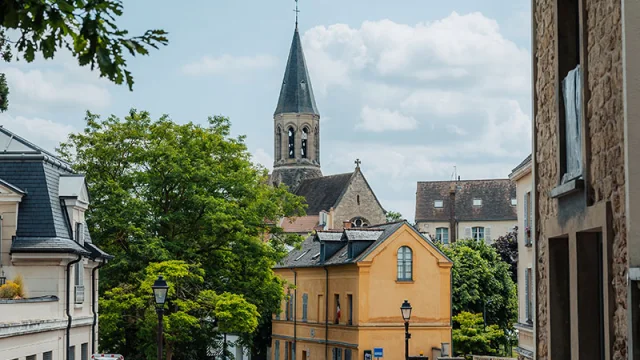 Louveciennes
Louveciennes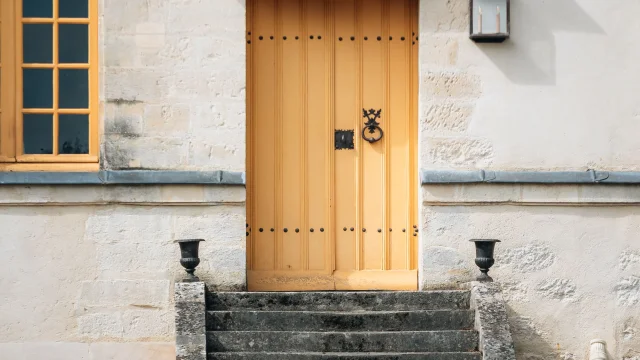 Moment of life in Louveciennes with a dog sleeping near a house OTISGSB
Moment of life in Louveciennes with a dog sleeping near a house OTISGSB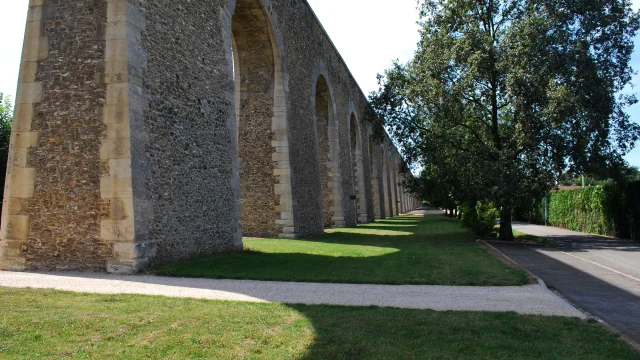 Louveciennes aqueduct
Louveciennes aqueduct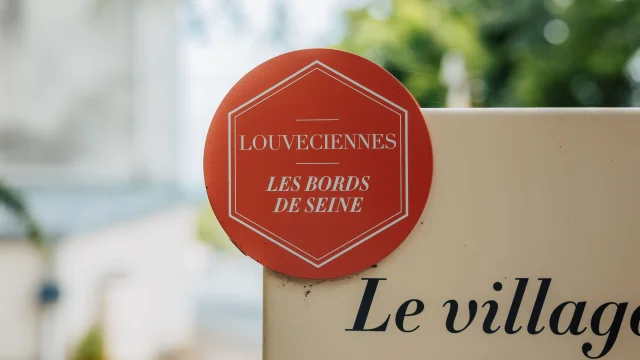 Detail of a sign on the Impressionist Trail at Louveciennes OTISGBS
Detail of a sign on the Impressionist Trail at Louveciennes OTISGBS